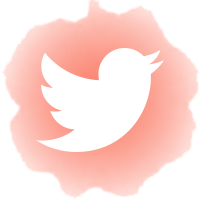Productivity Tip:
Know the Difference Between Worrying and Problem Solving
Why do we worry? An interesting study found that we often think it will help us be more prepared to face a problem. And yet, dwelling on potential problems can create stress.
So, where is the line between healthy problem-solving and unhealthy worrying? “Worrying is about letting your mind dwell on problems without a systematic approach, often leading to anxiety. Problem-solving is about applying creative strategies and mental models to specific problems,” says a great post by Ness Labs.
The post goes on to describe the “ABC method for mindfully managing worry.” A is for awareness: noticing your worries and taking a moment to study them. B is for boundaries: setting mental boundaries around what you can and can’t control. And C is for calming your nervous system with exercises like breathing, walking, or meditating.
If you’re a worrier, this method could be helpful for you. Do check out the full post and give it a try!
Routine Breakdown
Jonathan Hasson, Entrepreneur
A 3-Step Routine For Starting the Day Fresh

The co-founder of AI-powered networking app UBQT says a simple three-step routine helps him start the day “fresh, energized and with a clear head to tackle all of the day’s various challenges.”
The Routine:
- Wakes early to see the sunrise. “It’s always a special moment. It’s so quiet and peaceful, a time to reflect. On some days I’ll stretch, on others I’ll sip some black tea whilst enjoying our nice view.”
- Father-son bonding time. “This involves cooking breakfast, preparing his lunch meal and seeing him off to school.”
- Enjoys some “me-time” and physical activity. “I’ll typically hit the gym (that involves a run + light weights) or an ocean swim (we’re blessed to live by water) with some stretching on the beach.”
Why it works:
- Waking early and soaking in the morning light helps regulate circadian rhythms.
- Bonding time improves family relationships—and better family relationships equals higher well-being.
- Morning exercise has a bunch of benefits, including better energy, mood, and focus throughout the day. Research suggests it may also be the best time to work out for weight loss.
With just three simple steps, Jonathan’s routine is a reminder that less is often more—it’s all about choosing the activities that bring you the most value. You might need some trial and error to work out the best steps for you, but it’s worth it! How’s your morning routine looking?








